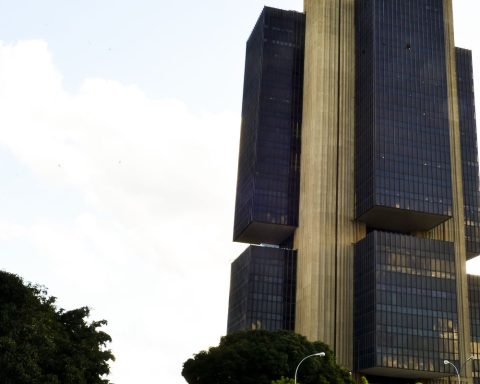The Federal Public Debt – which includes Brazil’s domestic and foreign debt – closed 2021 at R$ 5.613 trillion, the National Treasury Secretariat of the Ministry of Economy reported today (26). The amount represented an increase of 12% compared to 2020, when the debt was R$ 5 trillion.
In relation to November, the value represented an increase of 2.09% when the debt was R$ 5.498 trillion. Despite the high volume of issuances in December, the debt remained within the limits established by the Annual Financing Plan (PAF) for 2021, which determined that public debt could close last year between R$5.5 trillion and R$5, 8 trillion.
Last year, the PAF initially predicted that the Federal Public Debt could end 2021 at R$5.9 trillion. Due to the reduction of uncertainties related to the covid-19 pandemic, the limit was reduced to R$5.8 trillion in May.
Internal and external debt
The domestic Federal Public Securities Debt (DPMFi), which is the part of the public debt in the domestic market, had its stock increased by 2.22% in December, from R$5.233 trillion to R$5.349 trillion. This debt growth was due to the positive appropriation of interest, in the amount of R$ 47.5 billion (when the debt interest is incorporated into the total month by month), and the monthly net issuance of R$ 68.91 billion ( when the Treasury issued more bonds than it redeemed).
The stock of External Federal Public Debt (DPFe), raised from the international market, fell by 0.59% in the last month of 2021, ending the year at R$ 264.72 billion (US$ 47.44 billion). The main reason was the 0.7% drop in the dollar last month. Of this total, R$ 228.60 billion (US$ 40.96 billion) refer to securities debt (in bonds on the international market) and R$ 20.77 billion (US$ 4 billion) to contractual debt (with and international bodies).
Resources
Through public debt, the National Treasury issues government bonds to borrow money from investors and honor financial commitments. In exchange, it undertakes to return the funds after a few years, when the paper matures, with some income. The correction can follow the Selic rate (basic interest of the economy), inflation, exchange rate or be fixed in advance (defined in advance).
In December, the largest holders of public debt were financial institutions (29.45%). The stock of this group went from R$ 1.519 trillion to R$ 1.575 trillion from November to December.
Next are investment funds, with a share of 23.97%; Pension funds, with 21.74%; foreign investors (10.56%); the government (4.39%); insurance companies (3.88%) and others (6.01%). The share of foreigners recovered in 2021 and ended the last month of the year at the highest level since February 2020, before the start of the covid-19 pandemic.

















